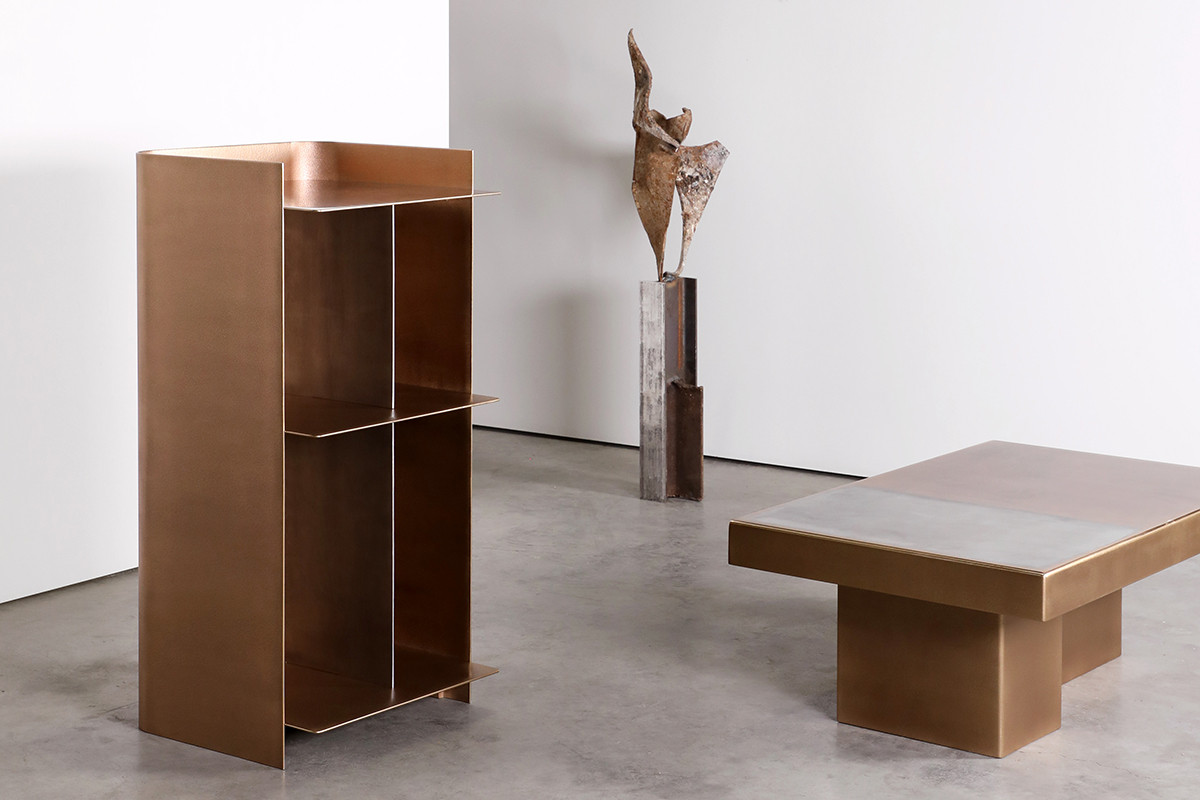
Interview with Marcin Rusak
Born in 1987, Polish artist, designer and manufacturer Marcin Rusak is, without question, one of the leading lights in design today. The young designer has always gravitated towards decaying, patinated and aging materials, which gives the artist’s work a beauty cut through with history. According to the artist: Through research, craft, and utilization of new technology, I try to embrace a complex approach to art in order to re-evaluate objects and their significance while celebrating the organic outcome of natural materials and processes.”
Your practice MRM centers on metal as its focus. Can you explain why you decided to focus on this material?
Metal has always been at the core of my material interests. For "Protoplasting Nature" project, I metallized natural leaves using thermo coating application. I wanted to explore the processes of preservation and raise questions about the impermanence of natural things. I quickly realized I wanted to use this technology to create a new series of furniture and objects. There is so much more potential in using various metals together and exploring further how they can be applied.
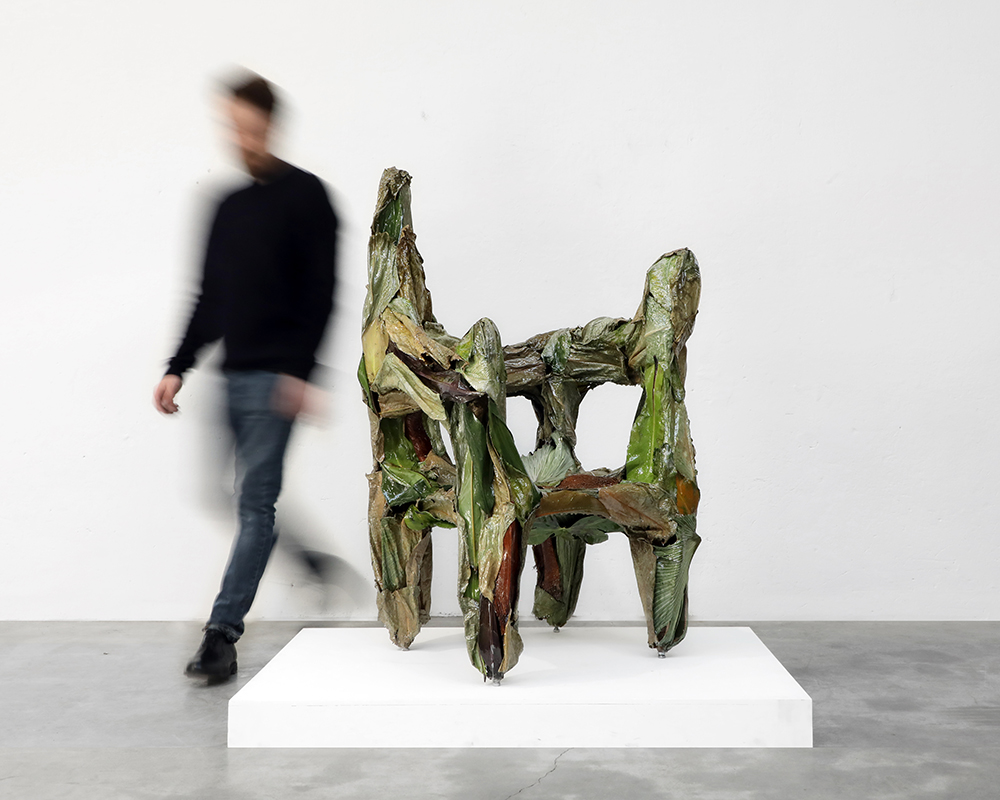
Protoplasting Nature Chair
Giving something that's often thought of as quite industrial (metal) more artistic, poetic qualities isn't easy. How did you accomplish this?
I think the beauty lies in the merging of metals, raw colors and different textures we can achieve. I often thought of pure metal furniture as too cold and lacking the warm expression of natural, earthy tones. With the love of abstract expressionism painting, it was natural for me to think of metal as paint and start using steel furniture as canvases. The real expression and poetry come from processing the material with the human hand: sanding and polishing the surfaces. They come to life with all sort of imperfections, unexpected change of color from overheating as well as gradients and controlled textures.
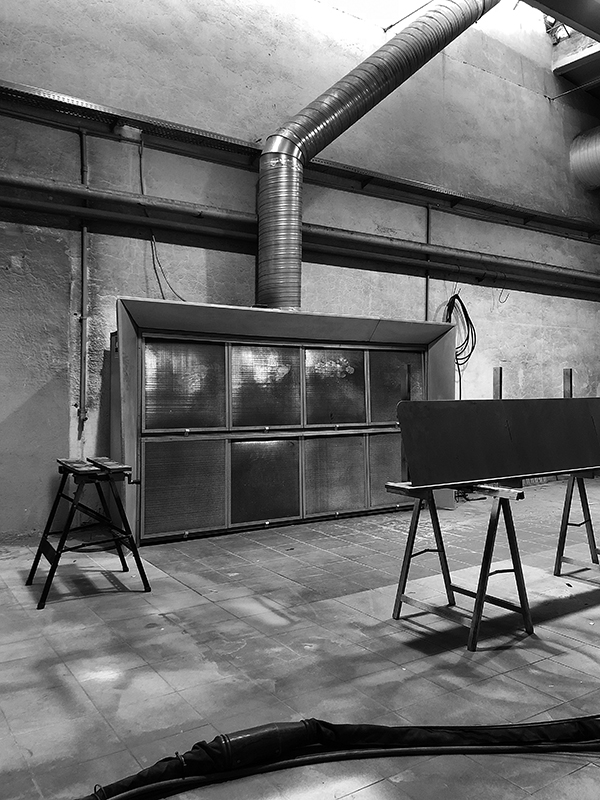
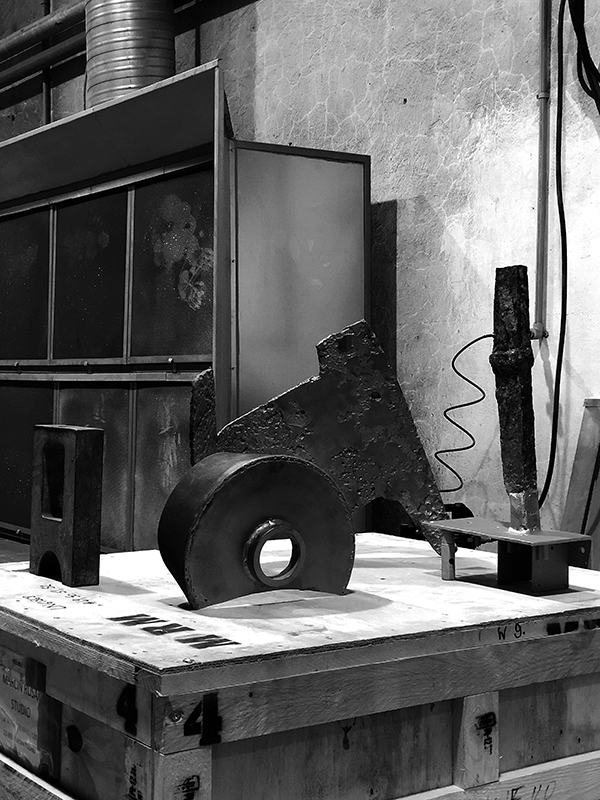
We are proud to present your new Found Metal Objects collection. Can you talk us through the genesis of this collection?
Alongside the more thought-through collection of furniture, I wanted to give myself an outlet for pure expression without the functional restrains. As these objects are more of an aesthetic assignment- exploring found metal forms and discovering the connection between rough textures and refined metal coating. They are more jewelry for space rather than conceptual sculptures. For me, they are intriguing objects that elevate the space. For a moment you wonder if this piece has grown from the soil or is it an industrial waste. Mostly I enjoy making them. I love the scrap yard hunt and later working intensively on finding the most intriguing connection between the form and the materials.
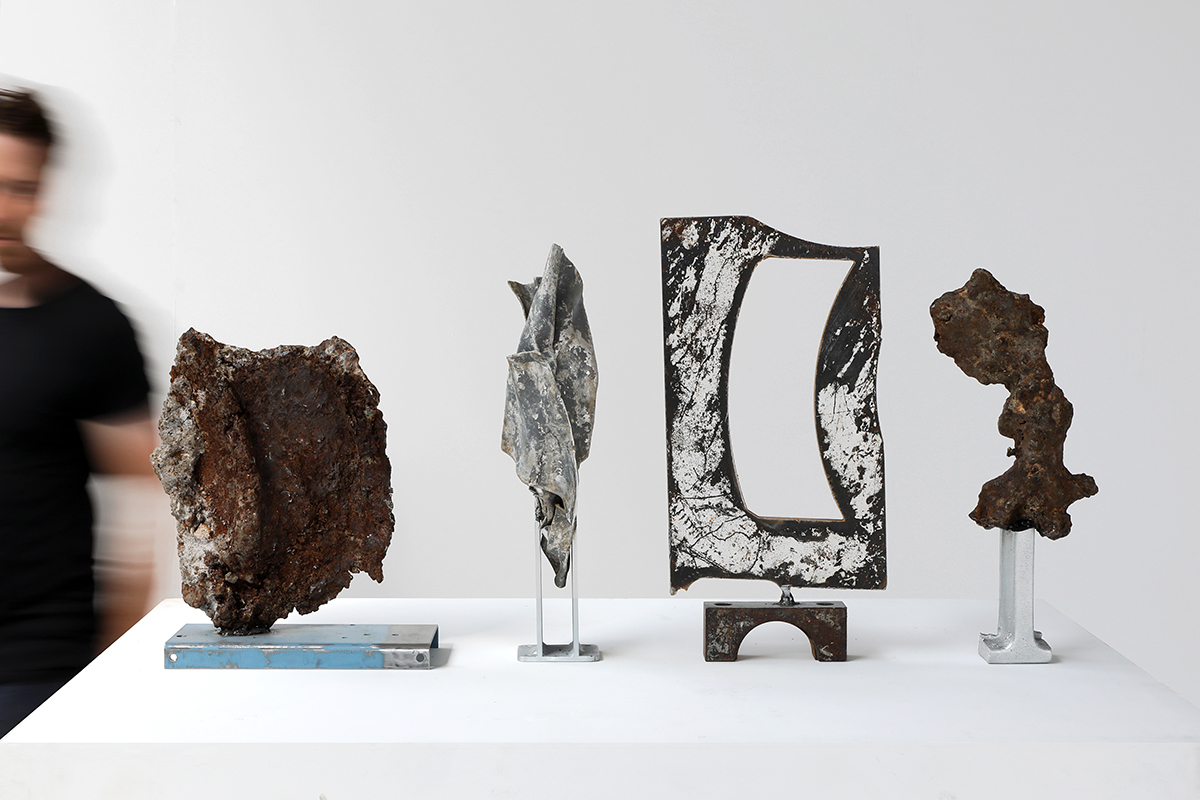
Found Metal Objects Collection
Some of your work certainly falls into the category of sculpture - certainly the Found Metal objects pieces. When you're creating, do you differentiate between form and function?
A lot of my work starts as a concept and through the research and process exploration, it becomes a sculptural work to speak about the ideas that intrigue me. With Found Metal objects, it is a little different as there are no initial parameters set other than allowing me to discover something new and fulfill my need for creation. This is a direct and freeing experience; most of my other projects require long preparations and various processes. Here, I take what interests me form-wise and merge it into something that might intrigue the viewer with its unusual shape and material combination.
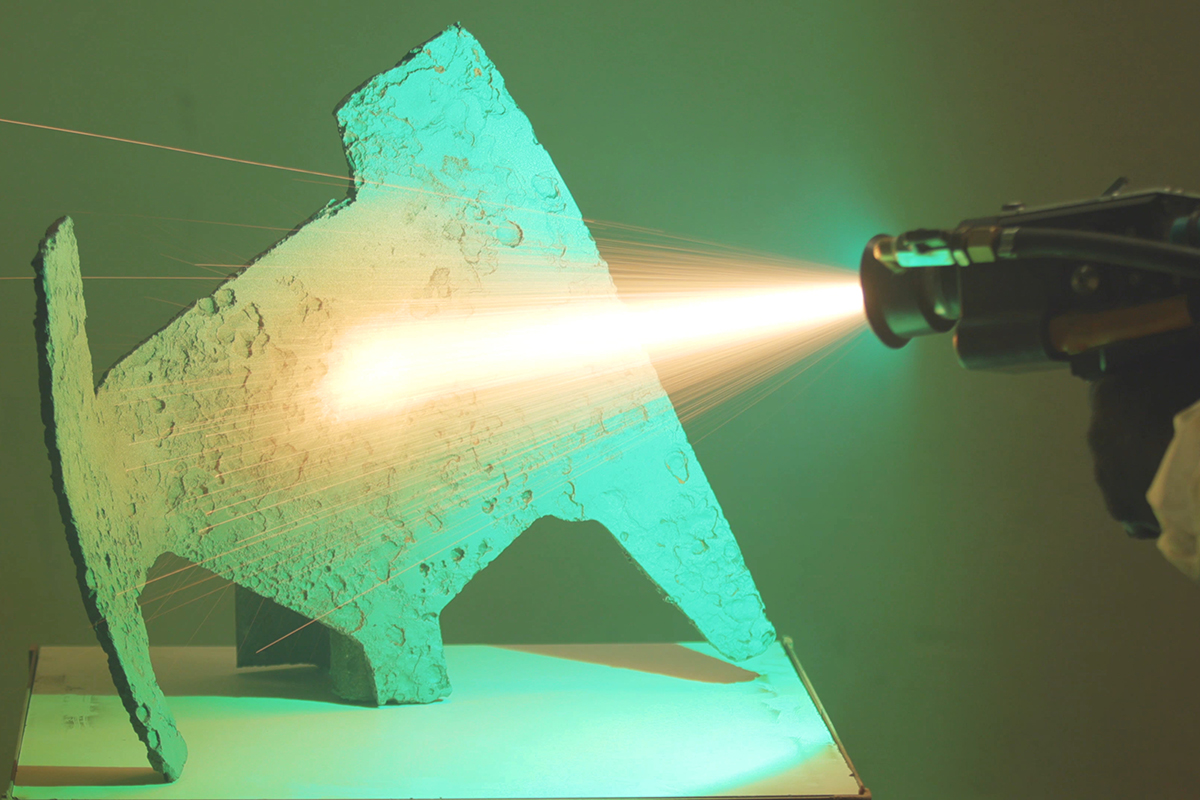
You've come from a line of flower-growers, which sounds extremely romantic. How has this contact with the natural world influenced your career as an artist and designer?
I would say "completely" =]. For most of my life, I wasn't aware of this connection and had to discover it for myself. Once I understood the origins, they became an endless pool of inspiration and motivation for me. I don't work with flowers for their romantic qualities; I use them as a medium to talk about ephemerality, aging or impersonification of objects. I also feel there is a lot to be done in terms of connecting us with the surrounding material culture and creating one of a kind objects that carry meaning to them and as a result a unique relationship with the person that owns them and uses them.
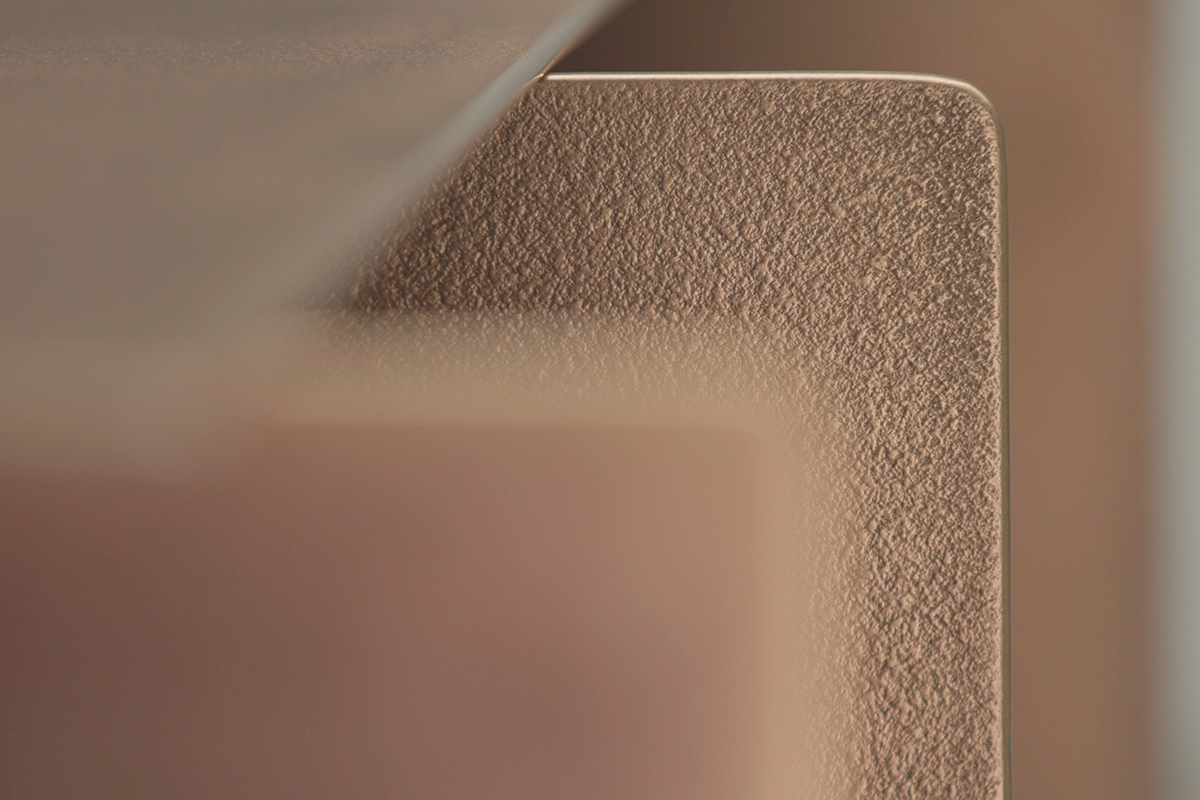
 The Future Perfect
The Future Perfect